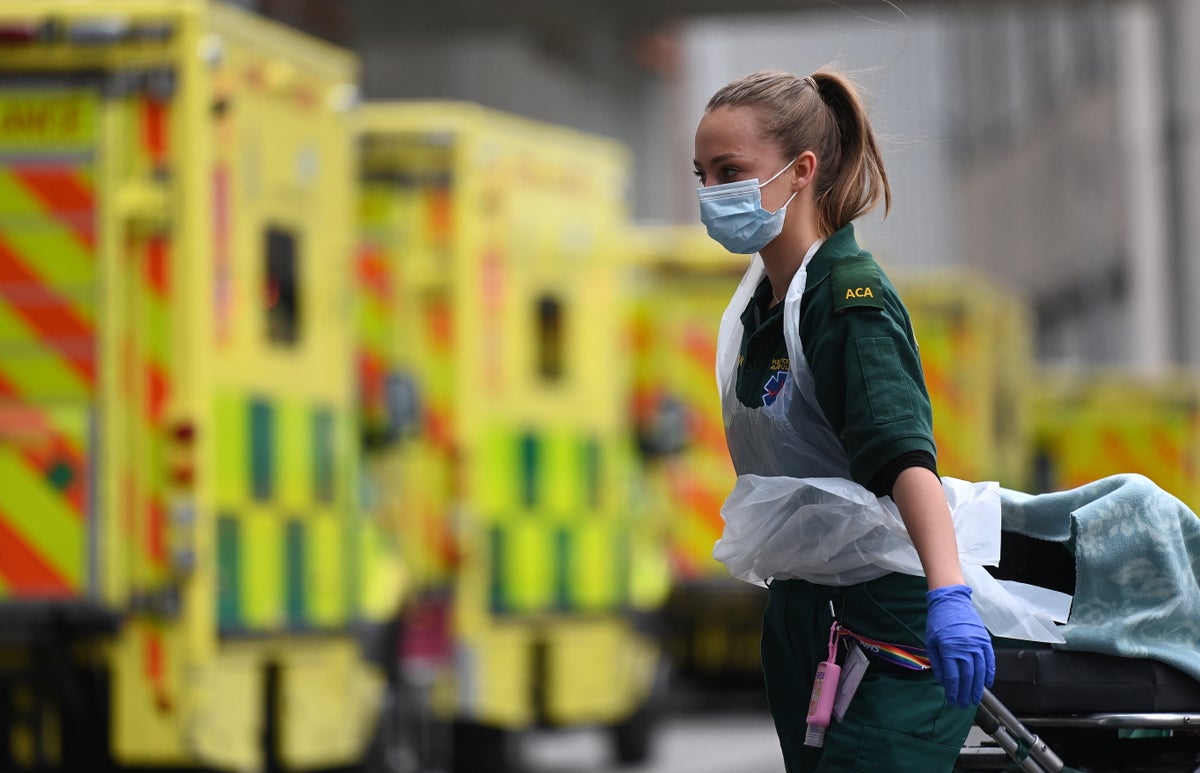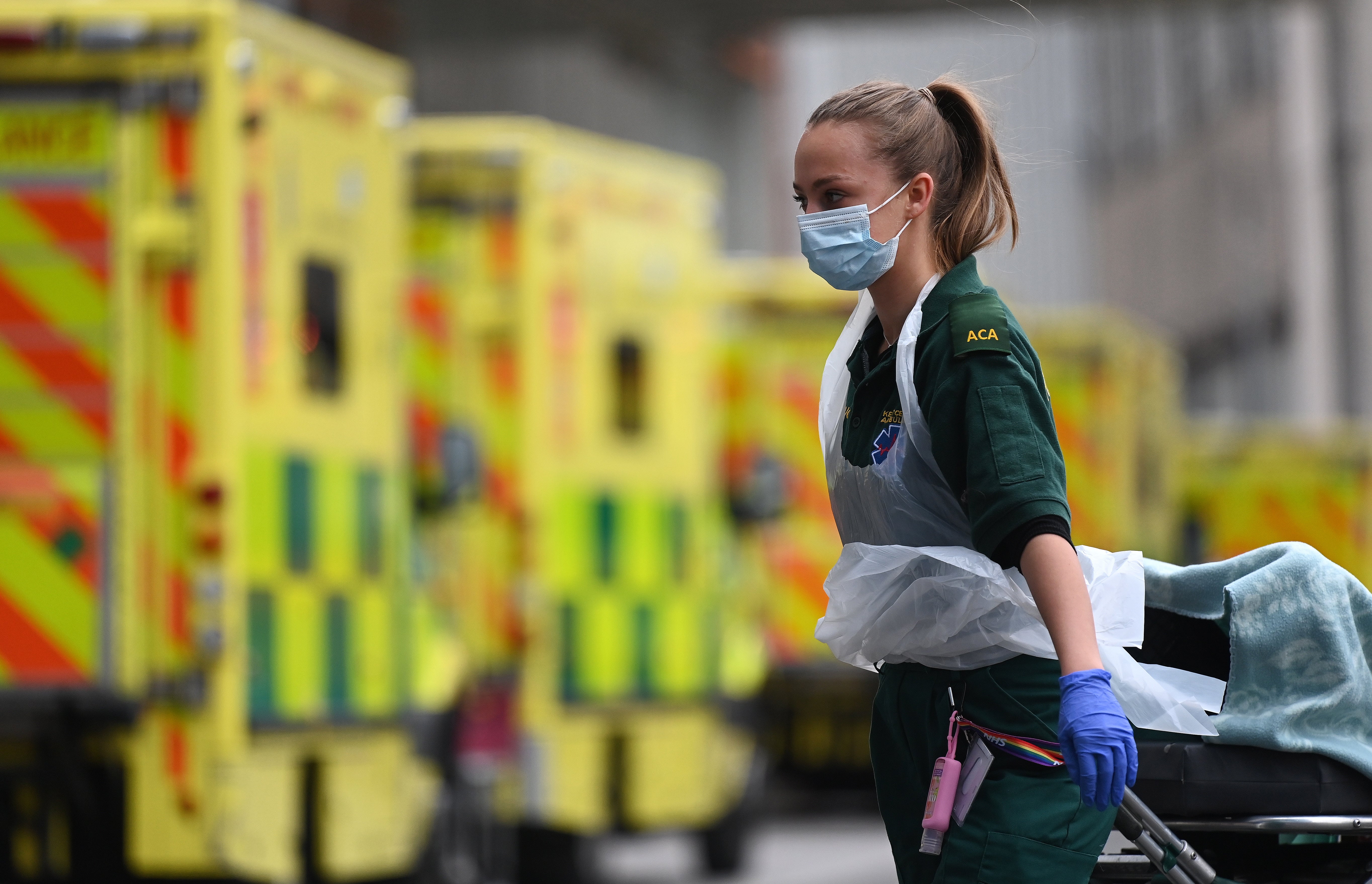
Three years on from the start of the Covid pandemic, concerns have been raised about a new Covid variant that could lead to a surge in the virus.
The World Health Organization (WHO) and UK Covid experts have given warnings about the highly transmissible Omicron subvariant known as XBB 1.5.
But the most recent figures released at the end of December suggest there has yet to be a surge in infections.
In the week up to 31 December, there was a 15.4 per cent drop in cases in England, with 36,605 testing positive for the virus.
Maps based on official UKHSA data of infections show the highest rates are mostly in the south of the country.
Plymouth had the highest rate in the country, with 137.7 while North Somerset and East Sussex both recorded Covid rates of 112.7.
Further north, Norfolk also posted one of the higher rates, at 105.4.
The number of people in hospital in England who have tested positive for coronavirus looks to have levelled off at just over 9,000. The figure had been on an upwards path since the start of December. Hospital numbers topped 17,000 during the wave of infections in winter 2021-22.
Between 27 December and 2 January, 6,967 people went into hospital with the virus, a fall of 6.1 per cent in a week. People over 85 are still the most likely to need hospital care.
UK Health Security Agency chiefs said the numbers should be treated with caution as often there are delays in reporting hospital activity at Christmas. This year, the two days of bank holiday following it would also have contributed.

There may also have been a temporary lull in the transmission of viruses due to “reductions in social contact rates over the holiday”, they said.
However, the number of deaths within 28 days of a positive coronavirus test rose slightly, to 873, an increase of 0.6 per cent.
Agency chief executive Dame Jenny Harries said: “Covid-19 also continues to circulate at high levels and anyone eligible for a booster who has yet to take it up should come forward.”
Latest estimates from the agency show that 81.9 per cent of people aged 80 and over have received the jab.
But levels are much lower among younger groups. Almost half of 55- to 59-year-olds have not had a fresh dose of a coronavirus vaccine, along with nearly six in 10 people aged 50 to 54.
Separate figures suggest nearly a third of people with long Covid in the UK are likely to have been suffering the symptoms for two years or more.
Some 645,000 of those with long Covid are estimated to have first tested positive for the virus at least 24 months ago.
This is 30 per cent of everyone likely to have the symptoms at the start of December, according to the Office for National Statistics (ONS).
The figure is up from 27 per cent in November. It’s estimated the equivalent of around one in 30 of the UK population had long Covid last month.







